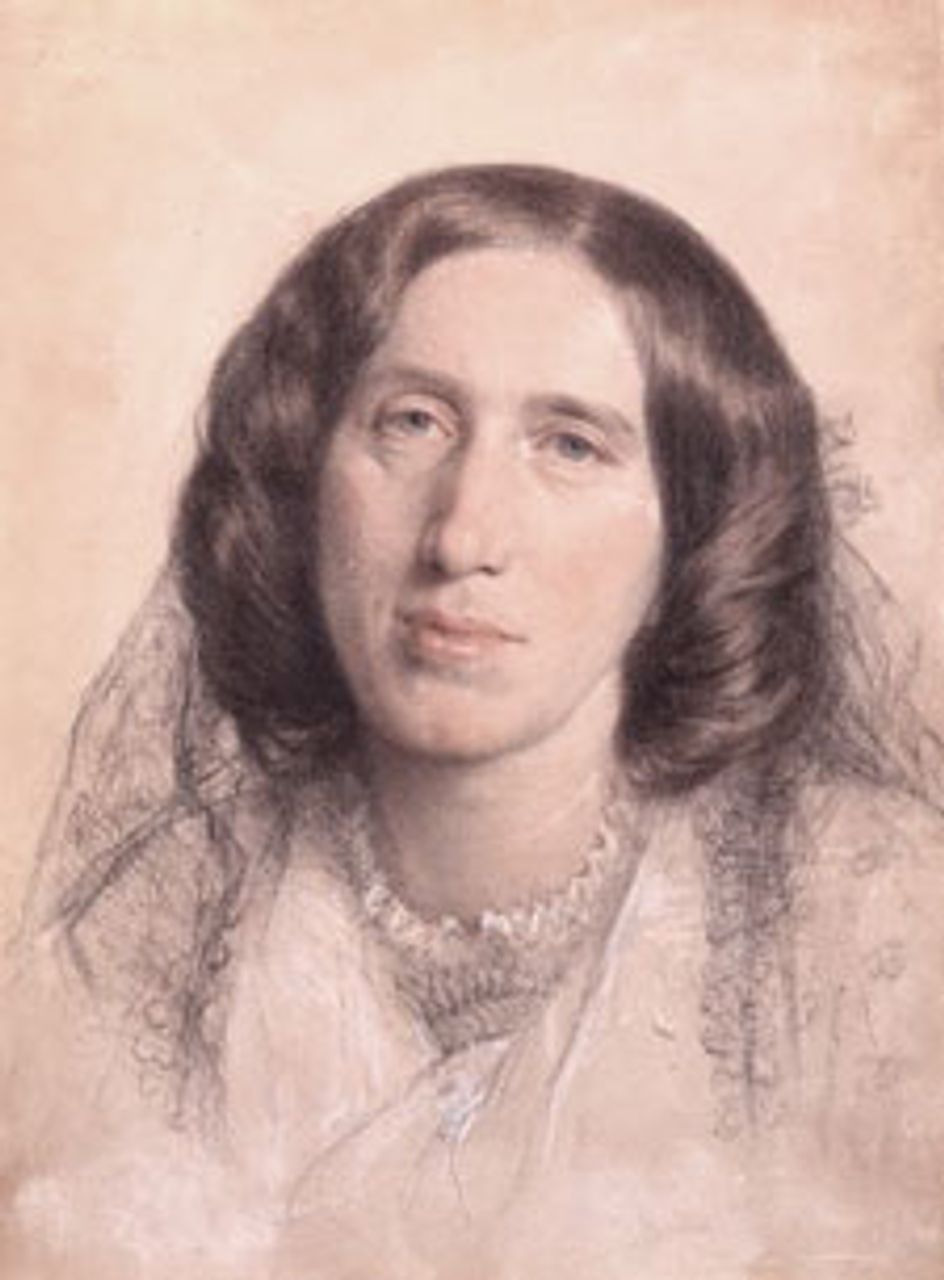 George Eliot
George EliotPart 1 was posted December 30.
Certain episodes in George Eliot’s Adam Bede (1859) and the manner in which the author treats them are especially striking. The novel has many compelling aspects in its first two thirds—the remarkable recreation of rural life; distinct, lively characters such as Mrs. Poyser; the evolution of the relations between Adam and Arthur; the sequences of Dinah’s preaching; and more. However, certain readers may suddenly sit up and even experience a shiver down their spine on reaching Chapter XXXV, “The Hidden Dread,” which treats Hetty’s looming tragedy.
The novel takes a sharp turn here, toward something harsher and more troubling, toward painful aspects of life that few novelists of Eliot’s time thought or were capable of confronting. The imagery shifts, correspondingly. We are no longer in “this pleasant land,” whose natural beauty Eliot describes earlier in the book, with its “swelling hills, muffled with hedgerows and long meadow-grass and thick corn,” where at every turn the traveler comes upon “some fine old country-seat nestled in the valley or crowning the slope, some homestead with its long length of barn and its cluster of golden ricks.”
Suddenly, Hetty is seated by a “dark shrouded pool” under a great oak. “She has thought of this pool often in the nights of the month that has just gone by, and now at last she is come to see it. She clasps her hands round her knees and leans forward, and looks earnestly at it, as if trying to guess what sort of bed it would make for her young round limbs.” This may be a new figure in English fiction, this young, pregnant farm girl, a humble “butter-maker,” seated by the “dark, cold water,” considering suicide.
Later, after her failure to find Arthur, in “The Journey in Despair” (Chapter XXXVII), the tone is even bleaker, more menacing. Hetty reaches a decision, “she would wander out of sight, and drown herself where her body would never be found, and no one should know what had become of her.” She searches for and finds a pond, “black under the darkening sky: no motion, no sound near.” It is noteworthy that Eliot’s normally elaborate “Victorian” prose becomes much simpler, more matter of fact in these passages.
“The pool had its wintry depth now: by the time it got shallow, as she remembered the pools did at Hayslope, in the summer, no one could find out that it was her body. But then there was her basket—she must hide that too: she must throw it into the water—make it heavy with stones first, and then throw it in. She got up to look about for stones, and soon brought five or six, which she laid down beside her basket, and then sat down again. There was no need to hurry—there was all the night to drown herself in.”
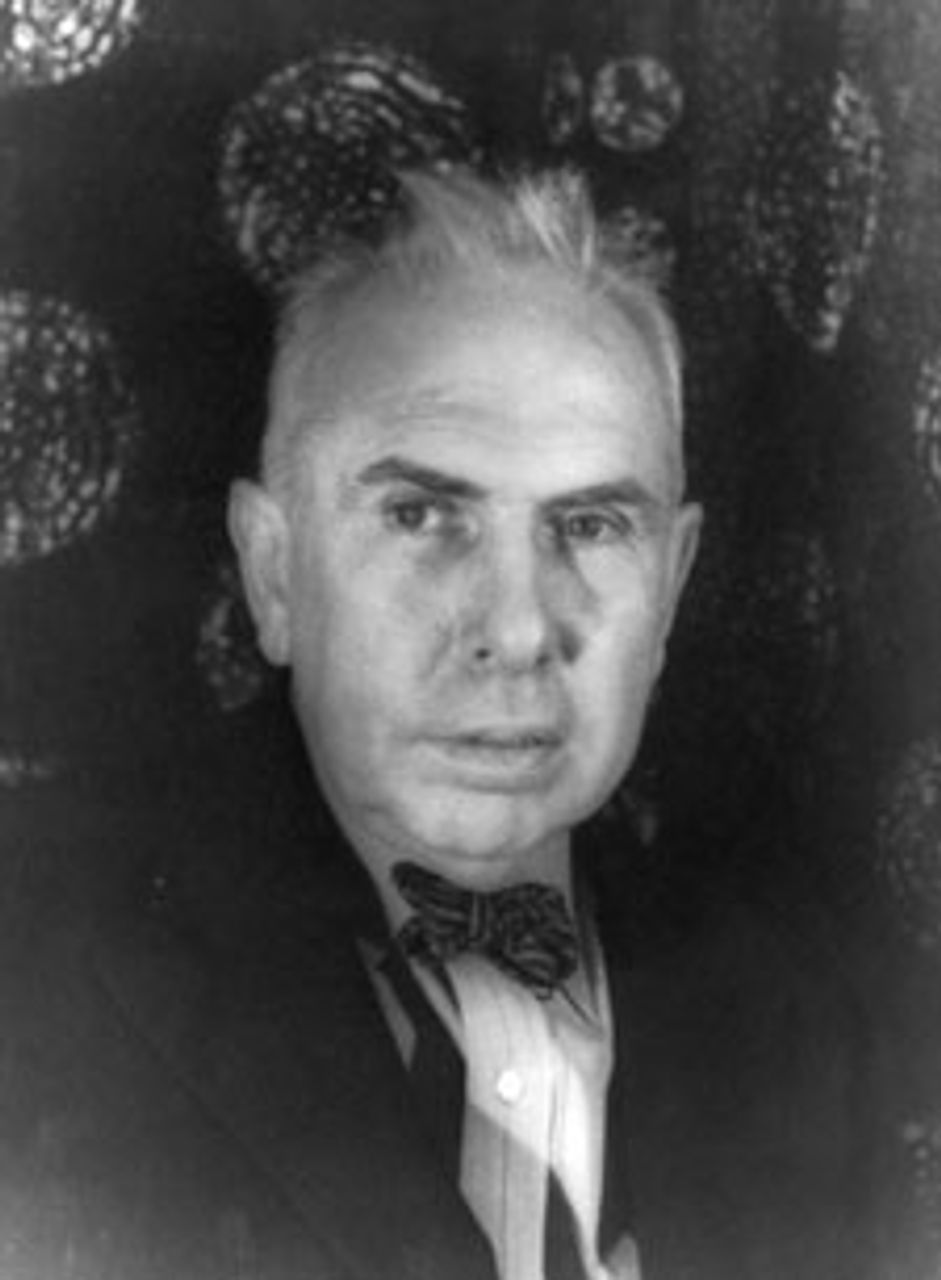 Theodore Dreiser
Theodore DreiserEliot’s ability to put herself in Hetty’s shoes in these chapters is enormously convincing, intimate, frightful. It brings to mind Theodore Dreiser’s treatment of Clyde Griffiths’ preparations for murder on the lake, and the latter episode itself, in An American Tragedy. (Dreiser rather condescendingly acknowledged that the group of authors in whose works he had been “schooled” included Eliot.) (3)
Like Dreiser 60 years later in his masterpiece (and Georg Büchner in Woyzeck, incomplete at the time of his death in 1837), Eliot loosely based herself on an actual murder case as the inspiration for Hetty’s sad fate. The “germ of Adam Bede,” Eliot later explained, was an anecdote recounted decades earlier by her Methodist aunt, who had visited a “condemned criminal—a very ignorant girl [one Mary Voce], who had murdered her child,” in prison on the eve of the latter’s death in 1802. Eliot’s aunt stayed with the girl all night and “afterwards went with her in the cart to the place of execution.” The story, the novelist wrote, affected her “deeply” and she never forgot it.
These sequences—and later, the devastating scenes of Hetty’s trial (4)—are the strongest in the book. Critics who see petty bourgeois moralizing in Eliot’s attitude toward Hetty, as even the brief passages cited should indicate, are deeply misguided, in my view. (British critic Terry Eagleton, for instance, sees Hetty as being “deported” or “transported” from the novel by Eliot, who, he suggests, treats her unfortunate character “so superiorly and externally.” One wants to “spread one’s hands in helplessness.”) On the contrary, although the author has emphasized Hetty’s self-absorption and emotional hardness, these scenes are enormously sympathetic to the desperate girl.
Eliot, of course, could not jump out of her skin. She was in the process of becoming, despite her unmarried state, a prominent public figure in Victorian England (her work came to be admired by the queen herself, and especially by her daughter, Princess Louise), with ostensibly respectable, if liberal and “humanist,” political views. Again, the issue is not how limited her explicit social conclusions—and the novel’s denouement (a happy marriage, a new life, reconciliation of all the social elements, more or less)—may have been, but the degree to which those scenes by the “dark pool” (and in court) in particular stand out, with their background of class and sexual exploitation, and their disruptive, unsettling, and psychologically violent quality.
This combination of “objective,” relatively cool, and unsentimental description of popular experience—under which lies profound emotion—and sharp social understanding introduces a new, or altered, element into English-language literature. (Hetty’s full name is Hester, a probable reference to Hester Prynne in Nathaniel Hawthorne’s The Scarlet Letter, a story of adultery and unwanted pregnancy, published earlier in the decade.)
One would have to turn to Shakespeare and the Elizabethans, to folk tales and songs, to Lyrical Ballads by William Wordsworth and Samuel Coleridge, perhaps (one of the few literary works mentioned by name in Adam Bede—Eliot’s novel is set the year after the publication of that poetry collection, which includes Wordsworth’s “The Thorn,” (5) a poem about a probable child murder), to Scott’s The Heart of Midlothian (with its apparent infanticide), for such realistic imagery and ferocity. But, by 1859, despite the earlier time frame Eliot bestowed on Adam Bede, new social interests and conflicts had arisen.
“German influences”
There is one final point of a primarily artistic character, bound up with Eliot’s innovations: her “German influences.” As we have already noted, she translated Strauss and Feuerbach, helped introduce Heine to the English-speaking world, lived with a man researching the life of Goethe, traveled numerous times to Germany, and engaged there with leading intellectual figures. In fact, she wrote considerable portions of Adam Bede while visiting Germany, and noted that one of the important scenes in the novel came to her “as a necessity” while attending a performance of Rossini’s Guillaume Tell (William Tell), based on Schiller’s play, at the Munich Opera.
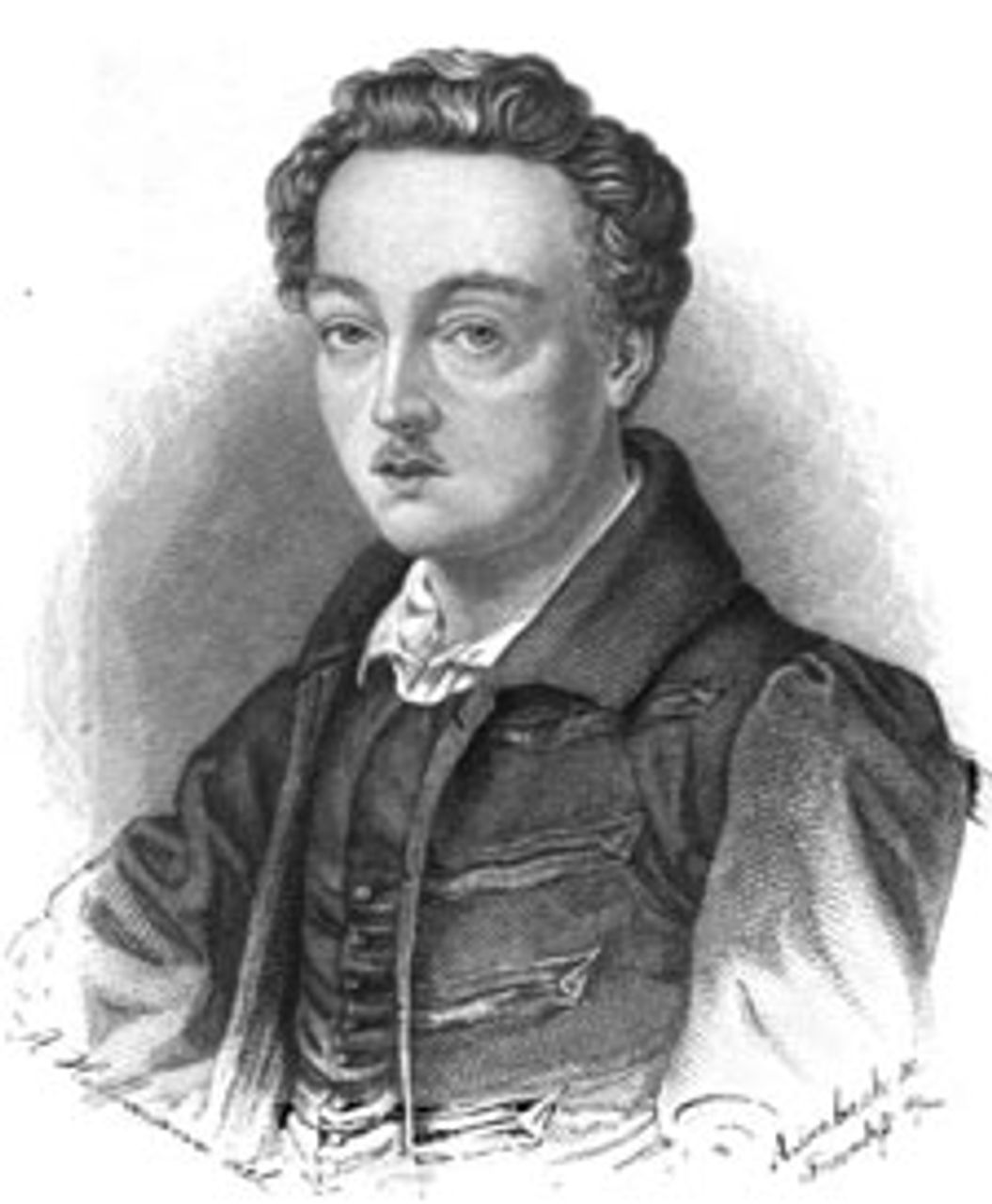 Georg Büchner
Georg BüchnerScholars have devoted books to the subject of Eliot and Goethe, Eliot and Schiller. It is difficult to read the Hetty Sorrel “dark pool” and murder trial passages without thinking of another German writer, already referred to, Georg Büchner, one of the most extraordinary literary figures of the nineteenth century, who died of typhus at the age of 23. Büchner published a revolutionary tract in 1834, and was forced to flee Germany after being charged with treason, before writing three annihilating works, Danton’s Death, Lenz, and Woyzeck. (6)
In an intriguing article published in Modern Language Review in 2001 (“Truth so difficult: George Eliot and Georg Büchner, a shared time”), Sheila Stern argues that Eliot might have been aware of Büchner’s work, possibly through her and Lewes’s acquaintance with Justus Liebig, a renowned German chemist (and onetime political dissident), who had been a professor at the University of Giessen during the time Büchner was a student there. (Stern might have mentioned that Lewes and Eliot also became quite friendly with Jacob Moleschott, the Dutch-born physiologist, often bracketed as a “vulgar materialist” with Georg’s younger brother, Ludwig Büchner.)
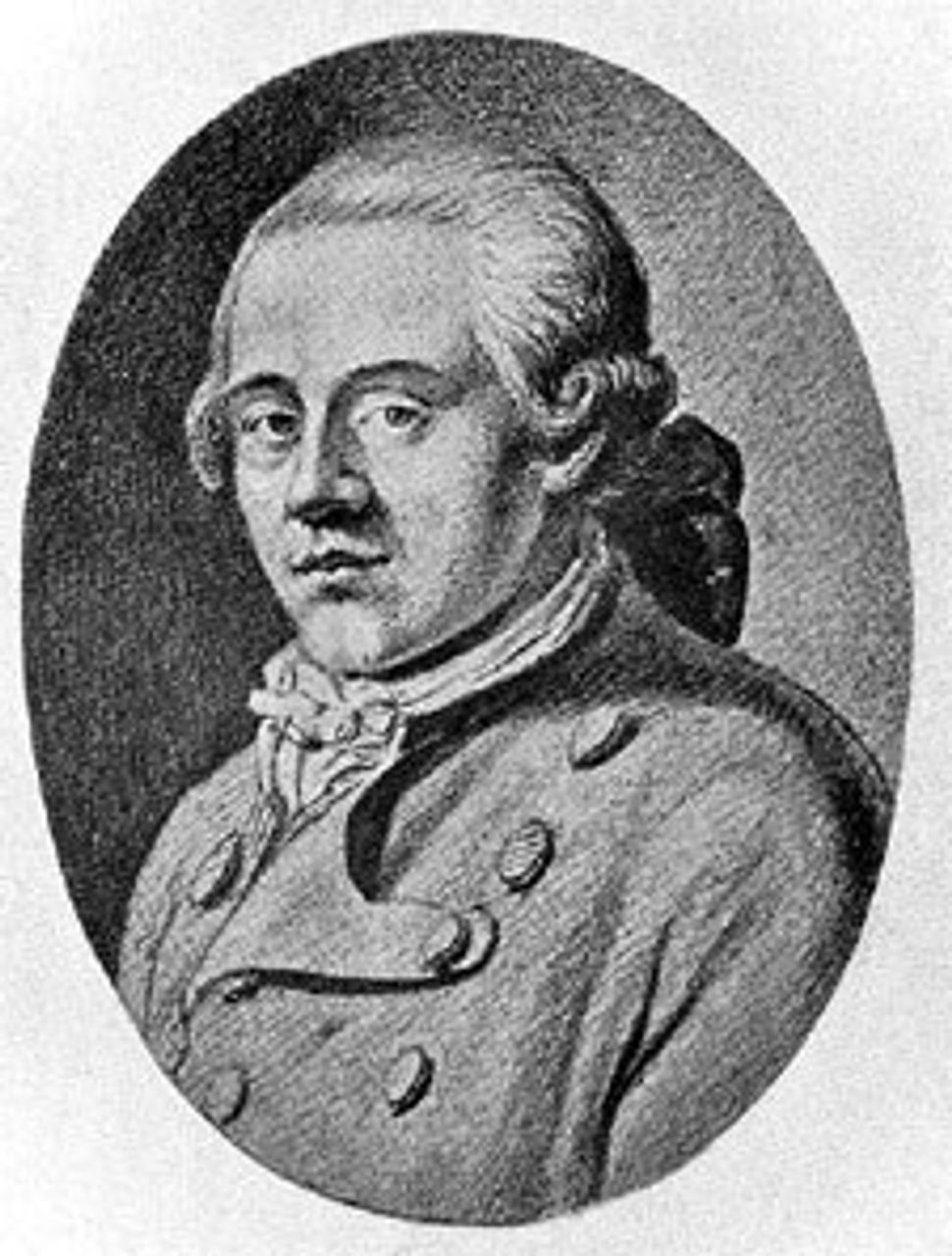 J. M. R. Lenz
J. M. R. LenzStern points to passages in Büchner’s Lenz (1836) as circumstantial evidence of Eliot’s possible familiarity with his writings. This brilliant novella is a fictionalized version of events in the life of J. M. R. Lenz (1751-1792), the “Sturm und Drang” playwright (The Tutor and The Soldiers, in particular), as he stumbles into madness while staying in Alsace in 1778 with a renowned philanthropist and clergyman.
For Lenz, in Büchner’s piece, who suffers religious-ideological torments, “The universe was an open wound; it caused him deep nameless pain.” After the half-mad writer’s failure to revive a dead child through prayer, he flees into the mountains. Büchner writes that Lenz “felt as if he could thrust a colossal fist up into the heavens and grab God and drag him down through his clouds; as if he could grind up the world between his teeth and spit it into the Creator’s face.… Lenz had to laugh, and as he laughed atheism crept over him and held him fast in its firm and quiet grasp” (translated by Richard Sieburth, 2004).
The scene Stern specifically points to, and suggests might have helped inspire Eliot’s Realist credo in Chapter XVII of Adam Bede, involves a discussion between Lenz and his friend Kaufmann, who comes to visit the remote mountain village. The talk turns to literature. Lenz speaks out against idealization in art: “What I demand in all things is life, the potentiality of existence, and that’s that; we need not then ask whether it be beautiful or ugly, the feeling that whatever’s been created possesses life outweighs these two and should be the sole criterion in matters of art. As it is, we encounter it rarely, we find it in Shakespeare and it rings forth fully in folk songs, now and then in Goethe. Everything else can be tossed into the fire.”
Later in the conversation, Lenz adds: “One has to love mankind in order to penetrate into the unique existence of each being, nobody can be too humble, too ugly, only then can you understand them; the most insignificant face makes a deeper impression than the mere sensation of beauty and one can allow the figures to emerge without copying anything into them from the outside where no life, no muscle, no pulse surges or swells.” (7)
It’s possible that Eliot came across Büchner’s writings. However, would she have needed to in order to reach the conclusions she did? As we have indicated, the conception that art should represent life as fully and truthfully as possible and that, moreover, the existence of the poor and oppressed had to be taken and treated seriously, had been advanced by numerous artists and critics. At any rate, Eliot’s debt to German writers and intellectuals, who took the Shakespeare tradition more seriously than anybody else in Europe at the time, is considerable. (8)
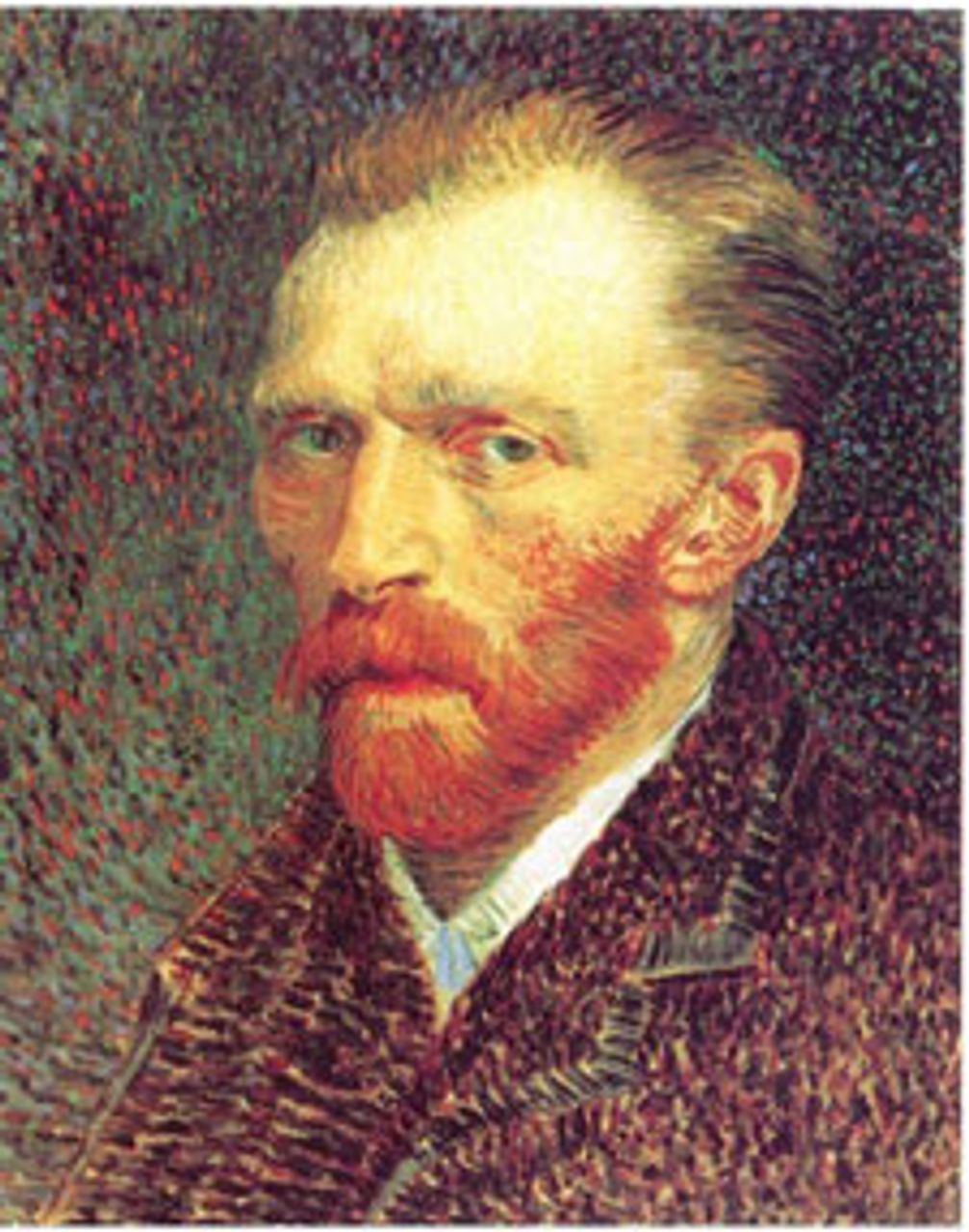 Vincent Van Gogh
Vincent Van GoghI will leave the final word on George Eliot to another of the sincerest and most deeply feeling and thinking artists of the nineteenth century, painter Vincent van Gogh, perhaps an unexpected source for such a comment.
Van Gogh read Eliot in translation and wrote a friend in March 1884: “My strongest sympathies in the literary as well as in the artistic field are with those artists in whom I see the soul at work most strongly.… What I am driving at, among other things, is that while Eliot is masterly in her execution, above and beyond that she also has a genius all of her own, about which I would say, perhaps one improves through reading these books, or perhaps these books have the power to make one sit up and take notice.… There are not many writers as utterly sincere and good as Eliot.”
Concluded
* * * * *
Footnotes
(3) As for novelist Thomas Hardy (1840-1928), Eliot’s influence was so obvious that when his first work, Far From the Madding Crowd, was published anonymously in serial form in 1874, she was assumed by numerous critics to be the author. (back)
(4) In Chapter XLIII, “The Verdict,” two witnesses appear at Hetty’s trial. Eliot presents their terrible testimony—offering the facts surrounding the birth of Hetty’s baby and her subsequent abandonment of it in a field—in understated, objective tones. The first witness starts off by explaining: “My name is Sarah Stone. I am a widow, and keep a small shop licensed to sell tobacco, snuff, and tea in Church Lane, Stoniton. The prisoner at the bar is the same young woman who came, looking ill and tired, with a basket on her arm, and asked for a lodging at my house on Saturday evening, the 27th of February.…”
Later, Eliot writes simply: “The witness then stated that in the night a child was born, and she identified the baby-clothes then shown to her as those in which she had herself dressed the child.”
The second witness begins like this: “My name is John Olding. I am a labourer, and live at Tedd’s Hole, two miles out of Stoniton. A week last Monday, towards one o’clock in the afternoon, I was going towards Hetton Coppice, and about a quarter of a mile from the coppice I saw the prisoner, in a red cloak, sitting under a bit of a haystack not far off the stile. She got up when she saw me, and seemed as if she’d be walking on the other way. It was a regular road through the fields, and nothing very uncommon to see a young woman there, but I took notice of her because she looked white and scared.…” And so forth.
The artistic treatment of Hetty’s trial is worthy of Büchner, Bertolt Brecht, or Alfred Döblin (Berlin Alexanderplatz). (back)
(5) From William Wordsworth’s “The Thorn”:
“XI
…’Tis now some two and twenty years,
Since she (her name is Martha Ray)
Gave with a maiden’s true good will
Her company to Stephen Hill;
And she was blithe and gay,
And she was happy, happy still
Whene’er she thought of Stephen Hill.
“XII
And they had fix’d the wedding-day,
The morning that must wed them both;
But Stephen to another maid
Had sworn another oath;
And with this other maid to church
Unthinking Stephen went—
Poor Martha! on that woful day
A cruel, cruel fire, they say,
Into her bones was sent:
It dried her body like a cinder,
And almost turn’d her brain to tinder.
“XIII
They say, full six months after this,
While yet the summer leaves were green,
She to the mountain-top would go,
And there was often seen.
’Tis said, a child was in her womb,
As now to any eye was plain;
She was with child, and she was mad,
Yet often she was sober sad
From her exceeding pain.
Oh me! ten thousand times I’d rather,
That he had died, that cruel father!”
From the Preface to Lyrical Ballads, by Wordsworth (1770-1850) and Coleridge (1772-1834), published in 1798:
“The majority of the following poems are to be considered as experiments. They were written chiefly with a view to ascertain how far the language of conversation in the middle and lower classes of society is adapted to the purposes of poetic pleasure. Readers accustomed to the gaudiness and inane phraseology of many modern writers, if they persist in reading this book to its conclusion, will perhaps frequently have to struggle with feelings of strangeness and aukwardness: they will look round for poetry, and will be induced to enquire by what species of courtesy these attempts can be permitted to assume that title.” (back)
(6) Georg Lukács, writing in 1937, on the 100th anniversary of Büchner’s death, commented that the writer was “a plebeian revolutionary, who starts to perceive with clarity the economic foundations of a liberation of the working masses. He is an important figure in the sequence that leads from Gracchus Babeuf to Blanqui (in the June Uprising of 1848).”
And later: “With a clarity and vehemence reminiscent of Shakespeare, this problem is exposed in the very first scenes of the drama [Danton’s Death].… Büchner is, in other words, completely consistent in artistic terms in that he portrays this plebeian scene with a grotesque, realistic form of bitter humour, a humour learned from Shakespeare.…
“It is this that makes Büchner’s realism, trained in the tradition of Shakespeare and Goethe, so significant. Politically, he longs for the ‘poor’ to attain consciousness, to be aroused to political activity. As a great realist, however, the literary figure he portrays is Woyzeck: helpless, exploited, ceaselessly hounded back and forth, kicked around by everyone—the greatest depiction of the German ‘poor’ of that time” (“The Real Georg Büchner and his Fascist Misrepresentation,” German Realists in the Nineteenth Century, The MIT Press, 1993).
This is Woyzeck speaking in Büchner’s play: “Us poor people—you see, Captain: money, money. If a man has no money—just let him try to reproduce his kind in a moral sort of way! We’re made of flesh and blood like other people. Our sort will always be unblessed in this world and the next. I think that if we went to heaven, we’d have to help make thunder.”
Woyzeck is the work that seems closest to Adam Bede’s Hetty Sorrel sequences, with one of its final scenes set “by a pool of water,” into which Woyzeck tosses the murder weapon, a bloody knife: “It’s sinking in the dark water like a stone!” But Eliot could not possibly have seen that work, for it remained unpublished for decades after the German writer’s death, until 1879. (back)
(7) From the introduction by William E. Yuill to an English-language edition of Lenz’s The Tutors and The Soldiers (University of Chicago Press, 1972): “Talking of The Soldiers he [Lenz] went so far as to describe himself in a Shakespearean phrase as ‘the stinking breath of the people.’… His constant endeavor is to identify the abuses of the society in which he lives, ‘to represent the social classes as they really are, not as they appear to persons of the more elevated sphere, and to open up to the more compassionate, sensitive, benevolent, and charitable hearts among the latter fresh prospects and channels for their divinely inspired charity.’… Altogether, Lenz shows an informed interest in the life of the poorer classes and a sympathy for their problems that are unusual in his age. His admiration for the cheerfulness, industry, and common sense of working people is a feature of the unfinished drama The Little Men (Die Kleinen).” (back)
(8) There is this rough, unsentimental, “Shakespearean” element in Heinrich Heine (1797-1856) himself—see “Ein Weib” (“A Woman”), for example, about a prostitute and a thief. The last stanza, loosely translated:
“At six o’clock, he hung from a pole
At seven, he was stuck in a hole;
But by eight, or a little after,
She gulped red wine and roared with laughter!”
(“Um sechse des Morgens ward er gehenkt,
Um sieben ward er ins Grab gesenkt;
Sie aber schon um achte
Trank roten Wein und lachte.”)
German playwright Bertolt Brecht identified (and identified with) this tradition in drama on a number of occasions. His early plays in particular (Baal, Drums in the Night, and In the Jungle of Cities, along with his adaptation of Christopher Marlowe’s Edward II) show this influence.
In his “Notes on the Realist Mode of Writing” (1940), Brecht refers to the “German realists of the stage, Lenz, the young Schiller, Büchner, the [Heinrich von] Kleist who wrote [Michael] Kohlhaas…the young [Gerhart] Hauptmann, the [Frank] Wedekind of Spring Awakening.…” (Brecht on Theatre, Hill and Wang, 1977).
And in a note from 1950 in his journal, Brecht comments that Lenz’s The Tutor (which he staged in East Germany) “seems well chosen for the actors to practise the realistic, and simultaneously the grand style. This is the way to Shakespeare, the way back to him; this much is understood in Germany” (Journals 1934-1955, Routledge, 1995).
Brecht treated child murder movingly in his own “Of the infanticide Marie Farrar” [Von der Kindesmörderin Marie Farrar] (1920), which includes these final lines:
“Marie Farrar: month of birth, April
Died in the Meissen penitentiary
An unwed mother, judged by the law, she will
Show you how all that lives, lives frailly.
You who bear your sons in laundered linen sheets
And call your pregnancies a ‘blessed’ state
Should never damn the outcast and the weak:
Her sin was heavy, but her suffering great.
Therefore, I beg, make not your anger manifest
For all that lives needs help from all the rest.”
Translated by Sidney H. Bremer, in Poems, 1913-1956, Methuen, 1976. (back)
